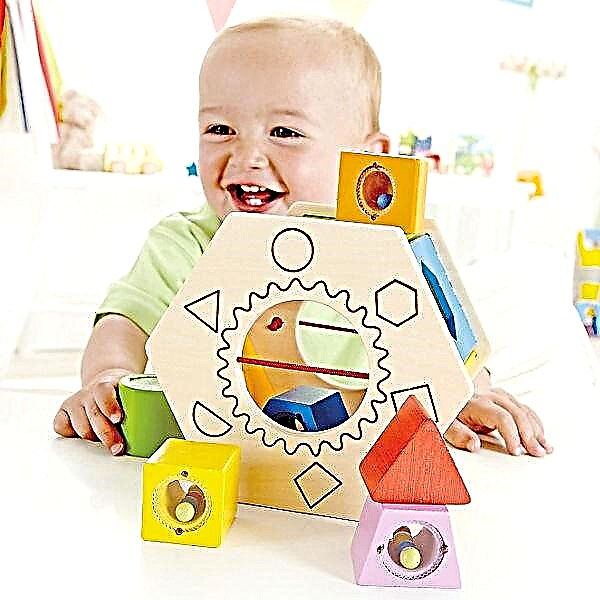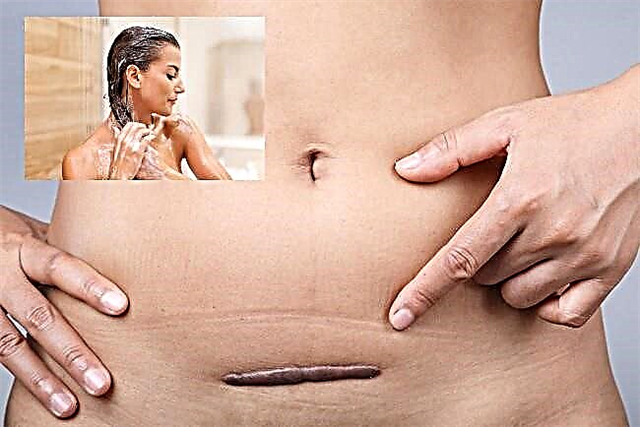
As soon as children begin to learn about the world around them, they immediately begin to fall. Pediatric traumatologists with solid work experience claim that during childhood from birth to adulthood, the average child has every chance to go to the emergency room up to 40 times. Most of the "landings" are, according to doctors, on the head, arms and back. In this article, we will tell you what to do if the child fell on his back.

Why do children fall and how serious is it?
The reasons why young children fall are obvious - an unstable gait, a displaced center of gravity, clumsiness and inability to quickly coordinate the movements of all parts of the body. Older children - kindergartners and schoolchildren fall as a result of hasty movements, collisions with obstacles, improper exercise. The most common fall places for babies are a sofa, a changing table and ... a flat place. Children from 2 years old and older usually fall from a greater height - from a swing, from a Swedish wall, from a slide.
Nature has taken good care of babies - it has created fairly reliable compensatory mechanisms to protect them. The movable bones of the skull in infants, the fontanel are nothing more than an attempt by nature to protect the brain in case of a fall. But if the child is no longer 5 months and not a year and a half, but more, if he fell and hit his back, then there is no need to rely on the defenses of nature - the bone tissue of children, although more elastic, but the spine is poorly protected. The only "gift" of nature for the protection of children's vertebrae is more than in adults, the amount of cerebrospinal fluid, which acts as a shock absorber.

I am glad that up to 85-90% of falls on the back end only with bruises, fright of the child and his parents. However, in 10-15% of cases, there is an injury, and the task of the parents is to understand what is happening as soon as possible from the moment of the fall, in order to know how to provide first aid and what to do next.
What to look for?
First estimate the height. If the fall happened from the sofa, most likely, the child screams heart-rendingly solely from fear and surprise. This height does not pose a serious health hazard to the child. The flights of a newborn from a changing table or falling of children from a swing or slide can be much more dangerous. Assess the situation quickly. If the child fell and immediately got up, most likely, nothing terrible happened to him. If the baby is quickly reassured and does not exhibit any abnormal behavior or deterioration in well-being, the fall is unlikely to have negative consequences.

If the child has fallen and cannot get up, if during the fall he hit the back of his head, spine, he has a shortage of breath, he cannot move his limbs, most likely the baby has a serious injury. I need urgent medical attention.
How do you recognize an injury?
As mentioned, back injuries from falling onto it are rare. This usually happens if the child does not fall on a flat surface, but on some object. It is most dangerous if the contact of the object was in the area of the vertebrae. When falling from a small height, swelling may form in the area of injury, and severe pain is also a sign of a bruise.
A spinal fracture manifests itself in much the same way - a bump may form on an injured vertebra in the thoracic region of the spinal column, in the lumbar or sacral. Additional symptoms are painful lumbago in the lumbar region or shoulder blades, dizziness, severe headache, inability to move limbs, loss of consciousness after a fall.

It is almost impossible to distinguish a bruise from a crack or fracture of the spine at the site of injury. Therefore, in any case, you should correctly provide first aid and wait for the arrival of the ambulance.
First aid
The main principle of first aid for adults when a child falls on his back is not to fuss. Excessive movements are contraindicated. If a child has a fracture, attempts to move it, lift it, sit it, put it on its feet, move it somewhere can cause pinching of the discs, spinal cord, and shrapnel injuries. The child should be as still as possible. Call an ambulance, fix the child in the position in which he was after the fall, slightly raise your legs, placing anything under them - a roller, a bag, a soft toy that is at hand.

Something cold can be applied to the injury, but not a piece of ice. With severe pain syndrome, you need to inject the child with a dose of anesthetic - in the upper thigh into the muscle in front. You should not turn the child over on his stomach or side to give an injection in the butt. Tablets should also be avoided, as the swallowing reflex may be impaired as a result of trauma. It is required to transfer the child to the ambulance carriage if there are 3-4 adults, this should be done as carefully as possible, without shaking and uneven movements.
Transportation will also require caution. Only doctors in a hospital using X-ray and MRI technology will be able to find out the exact consequences of a fall on their back and prescribe the correct treatment and rehabilitation.

Head bump
Such a combination runs the risk of ending not only with a back injury, but also a traumatic brain injury, which, in turn, can be closed, open, and combined. It is rather difficult to immediately establish the signs of a skull injury, usually this is done already in the hospital, where the child is taken with suspicion of a spinal injury. If the child got up and walked after the fall, and there was no ambulance, the mother needs to be very careful - during the day she needs to pay attention to the child's complaints, to his behavior.
Unreasonable aching monotonous crying, lethargy, lethargy, different sizes of pupils, nausea, vomiting, dizziness, loss of consciousness, convulsions, speech impairment, confusion - all these are reasons for early hospitalization.
First aid will consist in the fact that the child needs to be laid on its side, so that during spontaneous vomiting, vomit does not enter the respiratory system and cause asphyxia, call an "ambulance". The baby's feet and head should be at the same level.


Conclusions
You can urge parents to monitor their children as much as you like, but the falls from these calls do not decrease. Therefore, it is important to be always ready to provide assistance. Carry a small bottle of ammonia and a bag of dry ice in your purse. This can come in handy as early as possible after an injury.
Parents, especially those with many children, gradually learn to be philosophical about childhood falls. If there are no dangerous symptoms, but there is fear, then everything is in order. Falling is an indispensable stage of growing up that all people, without exception, go through. Falling is an experience. Next time, the baby will be more careful to ride down the slide or listen to mom's advice on using the swing safely.
It is difficult to call such parents heartless - they just have a wealth of experience so as not to panic, not to jerk doctors over trifles, but in the case of something serious they can always quickly and competently come to the rescue.

For information on how to avoid a child falling from a height, see the next video.



